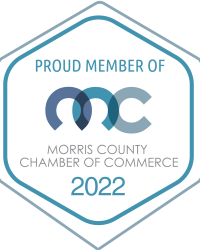Here are a few things to keep you and your family safe as we weather (ha, ha) hurricane season…
- Start by making an emergency plan. While this may seem like something very basic, many families don’t have a plan of action in the case of an emergency. Simple measures like a phone list of emergency or important phone numbers, how you will get in touch with family members to let them know you are safe, contacting others to check on their safety, and how to contact the right personnel if an immediate emergency happens. Other things, like knowing your evacuation route and where you can shelter if you have to evacuate are important to put into your families plan.
- Know your family and their specific needs. Do any of your family members have specific dietary restrictions? Do you have a pet that you will need to accommodate in an evacuation situation? Do any of your family members have prescription medication that would harm them if you don’t have it? These questions and more are things you need to consider when coming up with your family preparedness plan.
- Practice your plan. It is wonderful to have a plan in place, but if you don’t practice that plan and ensure that everyone in your family knows what to do, the plan won’t help you. Make sure (especially with the young and elderly) that you practice your plan so that it becomes second nature. In an emergency people need to react quickly and the best way to make that happen is to make sure everyone is comfortable with the plan.
- Know the types of emergencies and disasters that can happen in your geographic area. You can’t plan for everything, but you can plan for those things that are more prone to happening in the geographic area for which you live. Knowing what to do in a Hurricane or a Tornado is different than what you should do during an earthquake. Make sure you are well versed in what challenges are in your specific region and know how you will handle it.
Items to include in your Emergency Kit:
- Food, Water and Supplies for 3 days (72 hours)-
- Water – 1 gallon of water/day per person for three days.
- Food – 3 Day supply of non-perishable items
- Battery powered or hand cranked radio
- Flashlight
- 1st Aid kit
- Extra Batteries
- Whistle (to get the attention of emergency personnel)
- Dust Mask
- Plastic Sheeting and Duct Tape
- Moist Towelettes, plastic ties and garbage bags
- Pliers or a Wrench
- Non-Electric Can opener
- Cell Phone and chargers with back ups
- Prescription Medications
- Cash
- Matches
- At least one complete change of clothing per family member
- Fire Extinguisher





